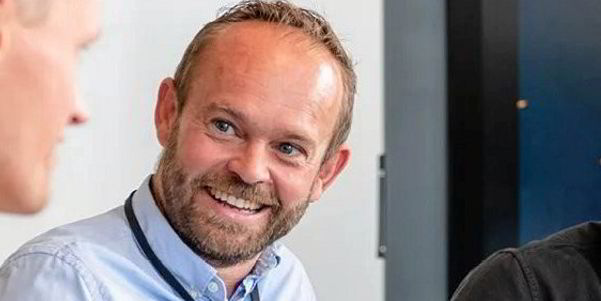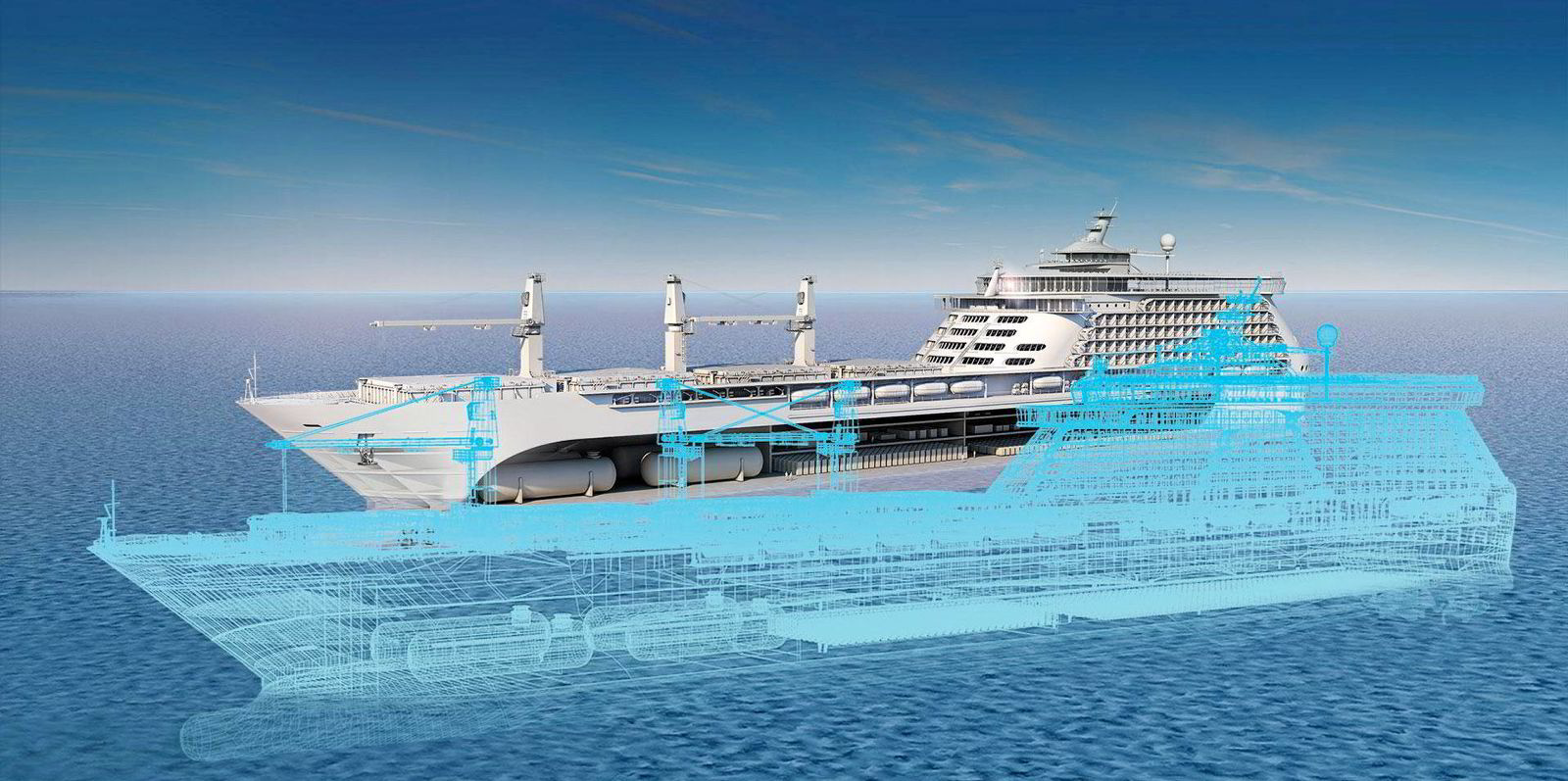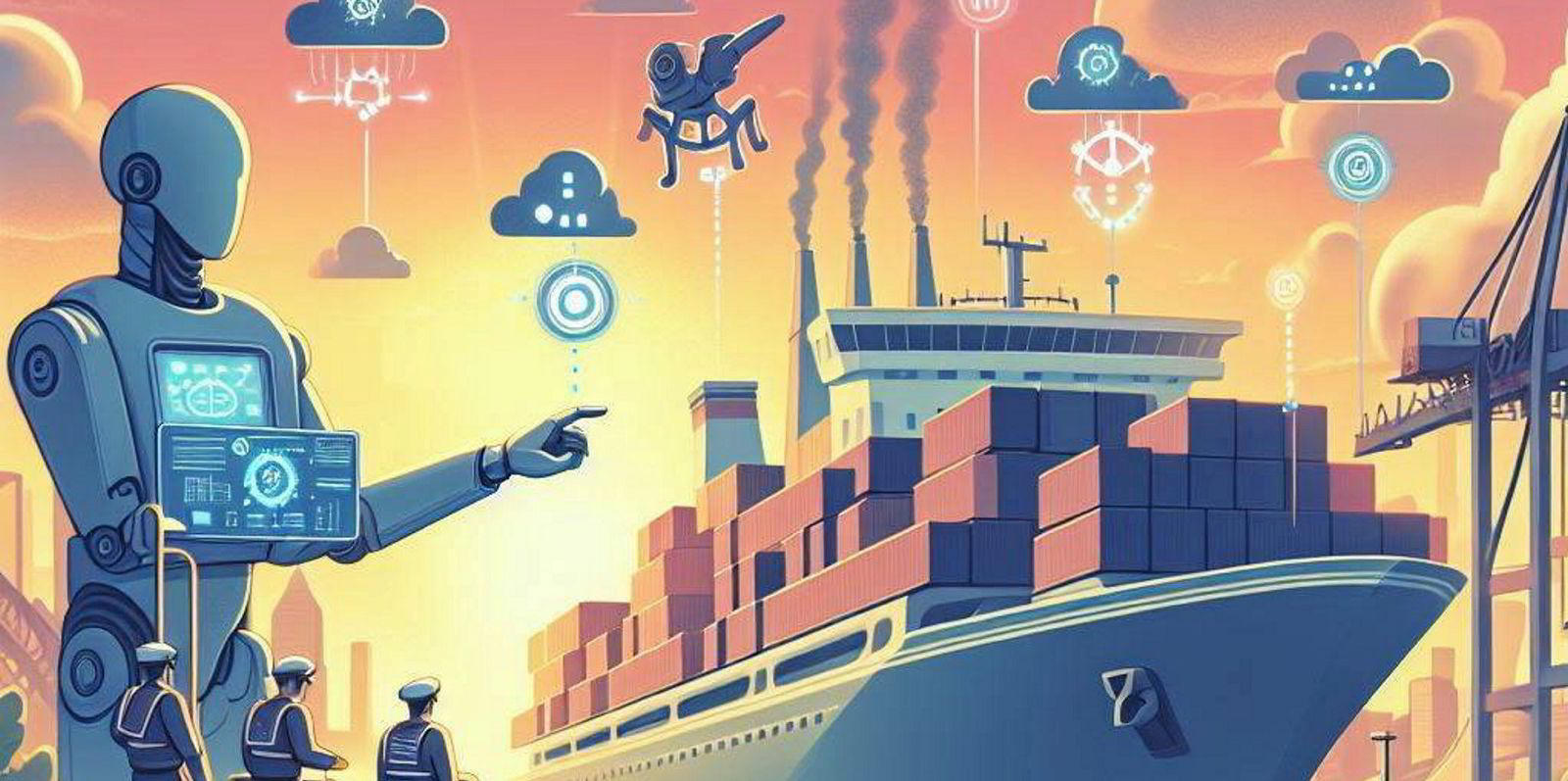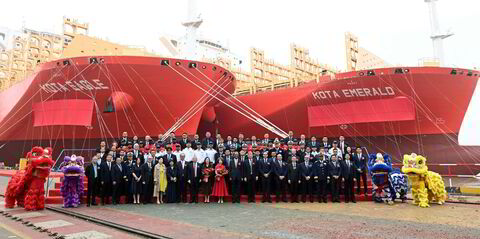Navtor, Grieg Star, SinOceanic Shipping, Scanreach and other Norwegian groups have launched a project to assess how AI can be part of the greening of shipping.
The GASS, or Green AI for Sustainable Shipping, project has different elements examining how AI can be used to retrieve data from a ship, assess it and then reuse it on a vessel or elsewhere.
Government funding also highlights how industrial digitalisation is key to some countries’ market development. GASS has NOK 44m ($4.1m) from the Norwegian government’s Green Platform Initiative.
One key element is developing AI to get the right data off a ship, then get the AI to use it, which could be a shore-based or cloud solution, and then an AI solution, which could be the final product to determine how the ship is continually optimised.
The project is being led by Navtor’s chief technology officer Anders Holme.

The GASS project is to explore what can be developed, and what their impacts will be. So, as well as onboard data, the project will leverage vessel position data and weather information.
“We then measure fuel consumption and work out how to get the consumption data into the models in a consistent way,” Holme said.
“It is hard to keep good data, so by building this system the vessels get better at measuring and reporting.”
“First we figure out the data collection, which is custom built, so we need to figure out how that data is collected and integrated on board before being brought ashore. Then there is the construction of a digital twin with machine learning to optimise this aspect,” he explained to TradeWinds.
Digital twin
The concept of a digital twin is not new. It is a virtual representation of an object, or even a system, that can span its lifecycle and can be updated with real-time data.
It can, therefore, be used with simulation, and reasoning to determine scenario outcomes, so it can help with decision-making. Holme said it is a useful tool to apply AI and machine learning to vessel operations, design and fuel efficiency system decisions.
“The digital twin needs to be similar to the real data, the AI content of this is then built so the researcher can see deviations between what really happens on board and what the predictions from the digital twin suggest and ask why there is a difference,” he said.
Scanreach will be working on the collection of onboard data, and with vessels all being different, a multitude of data sources will be available and various sensors needed to collect it.
AI is not machine learning, said Holme. Machine learning gives an AI programme insight. It trains it.
“Think of it as the AI is the execution of a function, while machine learning is the update,” he explained.
“We can use AI to utilise models, look at the vessel, and ask if the ship is behaving as it should be, or is there something raising a warning.”
Another source of data is climate and how to look at vessel behaviours through the years and under certain weather conditions, added Holme.
“We train the models, so the AI can make decisions in the cloud, and what then can be shipped back to the ship.”
To that extent, the GASS project follows on from an earlier Europe-wide TRANSACT scheme launched in 2021, which had a module looking at how vessel devices can be empowered, in other words, bring AI to the edge, or on board the vessel close where the sensor is.




